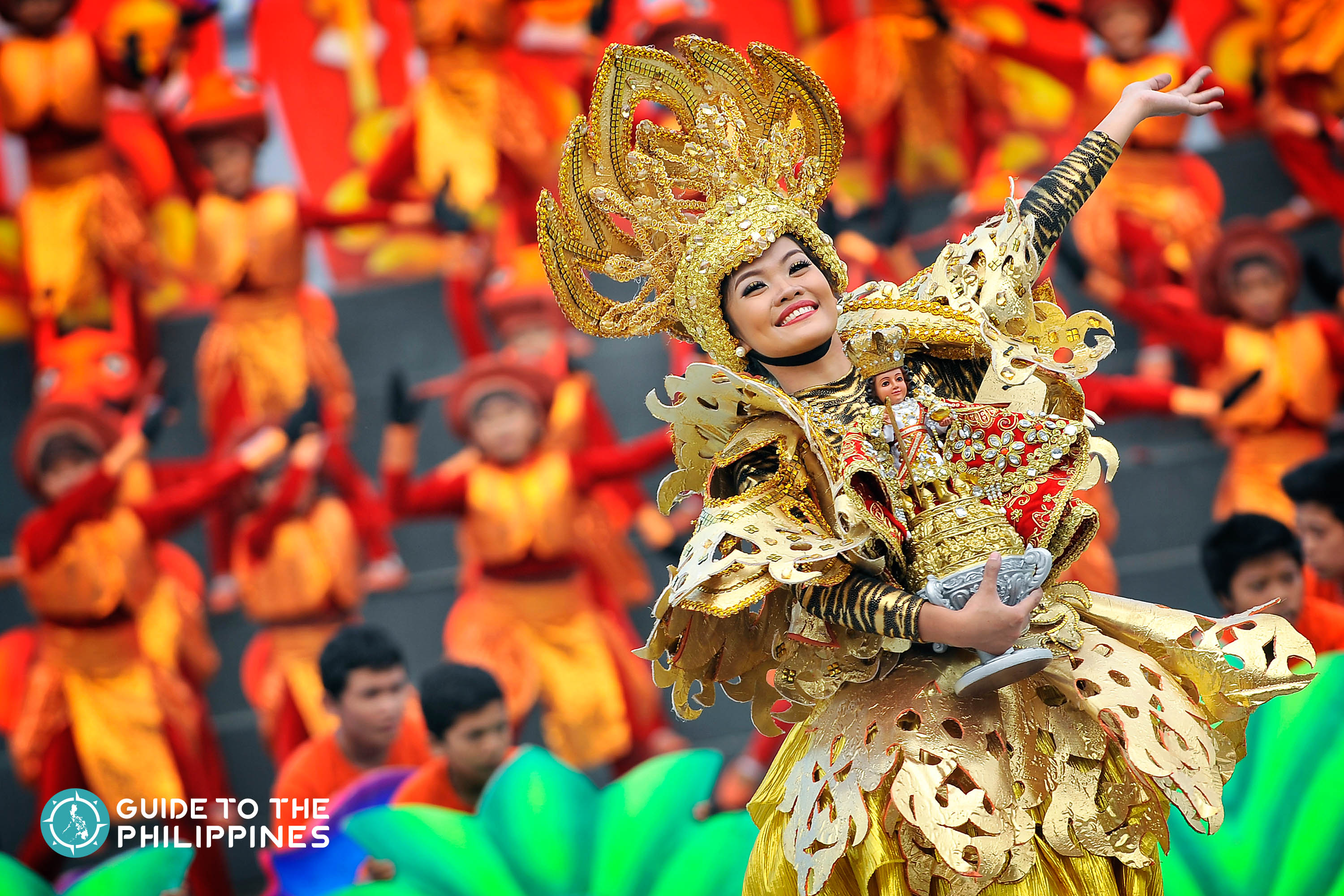Historical:
1. The islands were dubbed “the Philippines” after King Philip II of Spain.
2. The rice terraces of the Philippine Cordilleras are a UNESCO World Heritage Site. The terraces were built about 2,000 years ago and — thanks to the rough terrain keeping settlers out — remain as they would have been in pre-colonial times.
Geography:
3. The Puerto Princesa Subterranean River in Palawan is 8.2 kilometers long. Until the discovery of a 10-kilometer underground river in Mexico, the Puerto Princesa River was the longest subterranean waterway in the world.
4. The Philippines’ approximately 300,000 square kilometers (115,831 sq mi.) of land area are spread over 7,107 islands.
5. This gives the country 36,289 kilometers (22,549 mi.) of coastline and puts the Philippines at fifth place for the longest discontinuous coastline in the world.
Language:
6. More than 52 Million people in the Philippines speak English, making it the fifth largest English-speaking nation behind the U.S., India, Pakistan, and the U.K.
7. Depending on the method of classification, there are 125 to 170 languages in use in the Philippines, such as Tagalog, Cebuano, Ilocano, Hiligaynon, Bicolano, Waray, and Kapampangan.
Volcanic Activity:
8. Taal Volcano in Talisay, Batangas, is one of the world’s 17 Decade Volcanoes — volcanoes that need to be looked after given their active state and explosive history. It’s also located in a lake, and has a lake inside it, with an even smaller island in it!
9. In the province of Camiguin, there are more volcanos (seven) than towns (five). There hasn’t been an eruption since the mid 1950s, but the island has the most number of volcanoes per square kilometer in the world.
Population:
10. The Philippines welcomed its 100-millionth citizen on July 27, 2014, making the country the seventh most populated country in Asia and the 12th in the world.
Flora & Fauna:
11. The Philippines' fertile land accounts for the more than 900 species of orchids representing 100 genera that have been found. The sampaguita is the national flower.
12. Manila, the capital city of the country, takes its name from a white flower that grew on mangrove trees, locally known as nilad. ‘May nilad’ can be translated to mean ‘there are nilad there.’
Fun Facts:
13. The world’s largest Christmas lantern was illuminated in San Fernando, Pampanga on Dec. 24, 2002. The structure was 26.8 meters in diameter and cost five million Philippine pesos.
14. Of the top 10 largest shopping malls in the world, three are found in the Philippines: SM Megamall, SM North Edsa, and SM Mall of Asia.
Thank you for reading😘








.png)





Comments